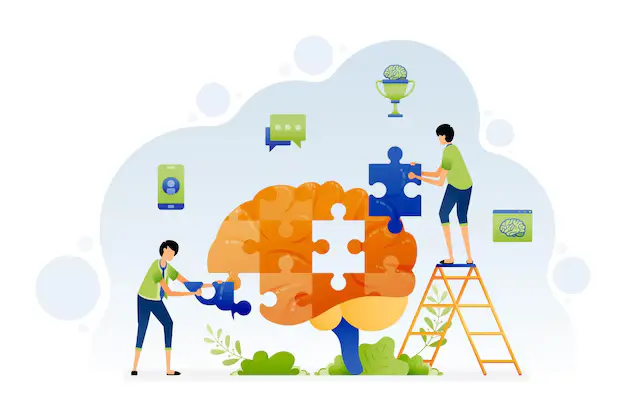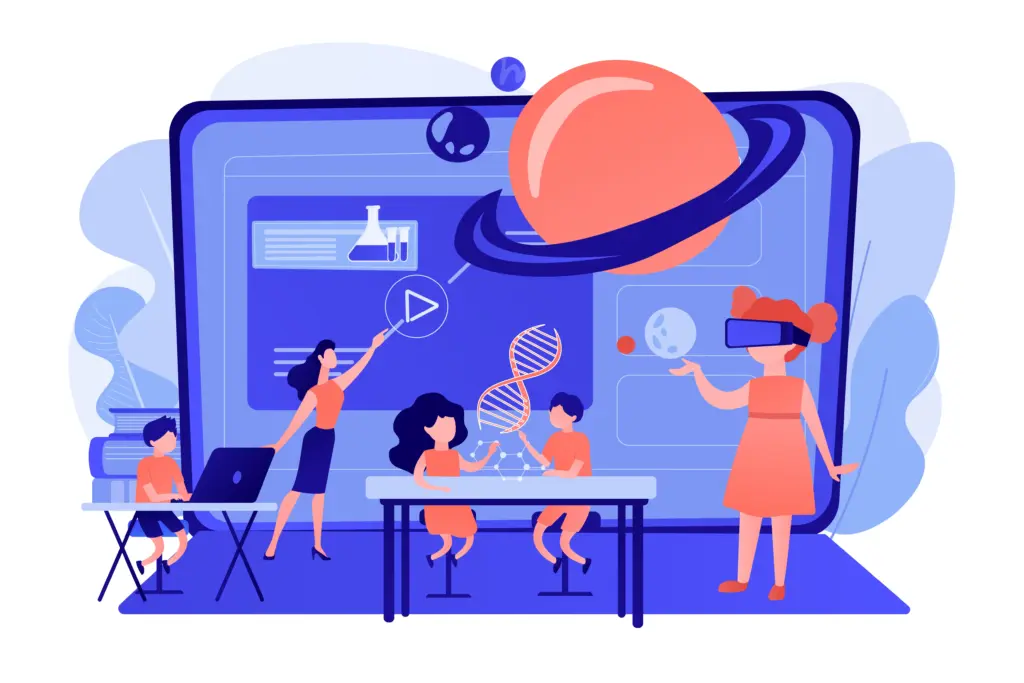In today’s rapidly evolving educational landscape, traditional learning methods are gradually giving way to more adaptive and personalized approaches. Progress learning is at the forefront of this transformation, offering tailored educational experiences to suit individual needs, strengths, and learning paces.
What is Progress Learning?

Progress learning is a concept that emphasizes continuous monitoring of a student’s academic growth, allowing educators to adjust teaching strategies based on real-time data. Unlike one-size-fits-all teaching methods, this approach focuses on ensuring each student progresses at their own pace, receiving the right support at the right time.
The Role of Technology in Progress Learning

Technology plays a critical role in facilitating progress learning. By utilizing advanced tools such as learning management systems (LMS), artificial intelligence (AI), and machine learning, educators can now track a student’s development with unparalleled accuracy. These systems provide instant feedback, helping to identify areas where students might be struggling, as well as areas where they excel.
Platforms driven by artificial intelligence, for instance, can examine learning patterns in students, modify content, and provide individualized resources. This technology guarantees that education is not only catered to personal tastes but also always changing to satisfy the needs of the student.
Benefits of Progress Learning

Emphasizing continuous monitoring of a student’s intellectual development, progress learning permits teachers to change their teaching strategies depending on real-time data. Unlike one-size-fits-all teaching approaches, this one stresses on making sure every student advances at their own pace and receives the suitable aid when needed.
Moreover, improvement in knowledge helps one feel successful. Students are more driven to keep on learning when they may observe their development in real-time. This ongoing feedback loop enables pupils to create reasonable expectations for their intellectual development.
How Can Teachers Implement Progress Learning?

Using digital tools that offer data-driven insights can help teachers wishing to apply progress learning in their classrooms begin their journey. Excellent beginning places are Moodle, Google Classroom, and Blackboard, learning management systems. These systems let teachers track assignments, keep an eye on student performance, and change the course of instruction to guarantee every student’s needs are satisfied.
AI-based tutoring systems offer personalized recommendations based on students’ learning styles. These tools provide adaptive learning without requiring constant teacher involvement.
The Future of Progress Learning

As technology advances, progress learning will continue to grow. Virtual reality (VR) and augmented reality (AR) are already enhancing learning, and these technologies will integrate with progress learning systems. In the future, we may see immersive learning environments where each student’s experience adapts in real time.
Conclusion
In conclusion, progress learning is not just a trend—it’s the future of education. By leveraging technology to create personalized, adaptive learning experiences, we can ensure that every student has the opportunity to succeed. As education continues to evolve, progress learning will play an essential role in shaping the classrooms of tomorrow.












